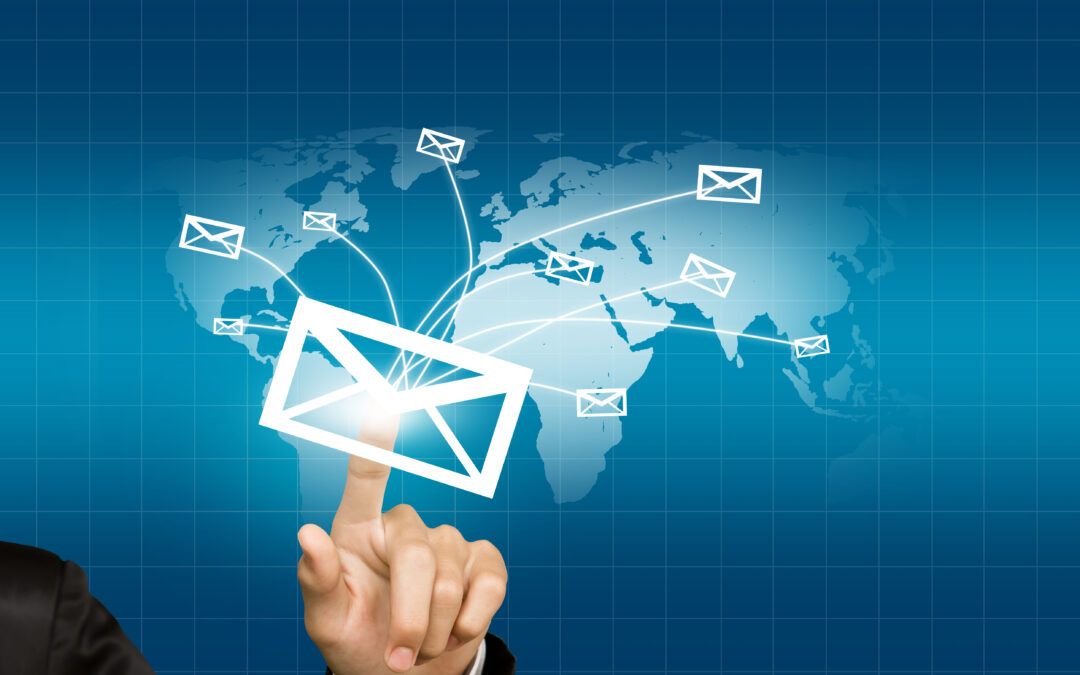Introduction to Transactional Emails
Transactional emails are essential communications that facilitate user actions. They are triggered by user behavior or system events, not marketing promotions. Unlike bulk email campaigns, transactional emails deliver personalized, real-time messages like password resets, order confirmations, and shipping updates.
These emails improve user experience, build trust, and increase engagement. They are often automated and sent through SMTP servers or dedicated email APIs from platforms such as SendGrid, Mailgun, or Amazon SES.
Key Characteristics of Transactional Emails
-
Sent in response to specific user actions
-
Contain vital information for the recipient
-
Typically delivered instantly
-
Personalized and one-to-one communication
-
High open and engagement rates
Transactional emails are not optional. They are necessary to complete or support a transaction initiated by the user. Skipping them could hurt customer satisfaction and even your brand reputation.
Examples of Transactional Emails
Understanding the types of transactional emails can help you implement them effectively.
Order Confirmation Emails
After a customer completes a purchase, they expect a receipt. Order confirmation emails provide peace of mind and serve as proof of payment. Include product details, pricing, shipping info, and order numbers.
Shipping and Delivery Notifications
These emails keep customers informed about where their package is and when they will receive it. Use tracking numbers and links to give users control and transparency.
Account Creation Emails
When users sign up, send them a welcome or activation email. This confirms successful registration and often includes links to complete their profile or verify their email address.
Password Reset Emails
Security and accessibility matter. Password reset emails should include a secure, time-sensitive link. These emails must reach inboxes immediately to prevent frustration.
Invoices and Billing Updates
Businesses often send invoices or payment confirmations via email. These messages must be clear, accurate, and professional.
Subscription Confirmations
For SaaS or subscription-based platforms, a transactional email can confirm the start of a trial or subscription renewal. These messages help users track service timelines and charges.
System Alert or Security Notification Emails
Send alerts for unusual logins, system downtimes, or failed payment attempts. It builds trust and protects your users.
Transactional Emails vs. Marketing Emails
While both types of emails are important, they serve different purposes.
| Feature | Transactional Emails | Marketing Emails |
|---|---|---|
| Purpose | Inform or facilitate user action | Promote products or services |
| Trigger | User/system action | Scheduled or campaign-based |
| Content | Personalized, specific | Promotional, often generic |
| Frequency | Event-driven | Periodic or batch-sent |
| Opt-out Requirements | Not required (but recommended) | Required by law (CAN-SPAM, GDPR) |
Why Transactional Emails Matter for Your Business
Builds User Trust
Timely and accurate emails reassure users. They confirm actions and provide essential next steps.
Enhances User Experience
Clear communication improves user satisfaction and lowers support requests.
Boosts Brand Engagement
Transactional emails have a high open rate. Use the opportunity to include subtle branding or upsell messages.
Drives Customer Retention
Users who feel informed and secure are more likely to return. Transactional emails help create that relationship.
Reduces Churn and Abandonment
Follow-ups like cart reminders or trial expiration emails bring users back. Use them strategically.
Best Practices for Transactional Emails
Ensure Deliverability
Use verified domains and reputable email providers. Implement SPF, DKIM, and DMARC to prevent spam issues.
Keep It Simple and Clear
Don’t overload with unnecessary content. Focus on clarity and purpose.
Mobile-Friendly Design
Most users read emails on phones. Use responsive layouts and concise text.
Personalize the Content
Use the recipient’s name, order details, and context. Personalized emails get better engagement.
Include Relevant Links
Guide users to the next step. Add links for order tracking, password reset, or contact support.
Use a Consistent Brand Voice
Even in functional emails, maintain your tone and visual identity. Include your logo and brand colors.
Add a Contact Option
Let users know how to reach support. It shows responsibility and helps reduce confusion.
Email Deliverability Tools You Can Use
These tools offer analytics, reputation monitoring, bounce management, and A/B testing. Choose one that aligns with your needs and budget.
Legal Compliance for Transactional Emails
Transactional emails are exempt from many email marketing rules but still require caution.
-
GDPR: Protect user data and provide privacy notices.
-
CAN-SPAM: Clearly identify the sender and offer opt-out options if promotional content is included.
-
HIPAA (for healthcare): Secure messages with encryption and comply with PHI regulations.
Always verify your compliance based on your region and industry.
Optimizing Transactional Emails for Conversions
You can turn transactional emails into marketing opportunities without being spammy.
Include Upsell or Cross-sell Offers
After a purchase, suggest related products. Keep it subtle and relevant.
Ask for Feedback or Reviews
Delivery confirmation is a great time to ask for reviews. Use short, compelling CTAs.
Encourage Social Sharing
Invite users to share their purchase on social media. Add branded hashtags and links.
Add Loyalty Points or Referral Programs
Reward repeat purchases and encourage referrals directly within the transactional email.
Tracking and Analytics
Monitor these KPIs:
-
Open rate
-
Click-through rate
-
Bounce rate
-
Spam complaints
Tools like Litmus or Email on Acid help you test email designs across platforms. A/B testing helps you improve subject lines, CTAs, and layouts over time.
Conclusion: Invest in Transactional Email Excellence
Transactional emails are more than functional—they are strategic tools. When crafted well, they guide users, increase trust, and drive business growth.
To maximize their impact, combine great design, clear messaging, strong infrastructure, and analytics. Don’t treat them as afterthoughts. Make every message count.
Need help optimizing your transactional emails? Explore our email marketing services or contact us here to get started today.
Related Resources:














